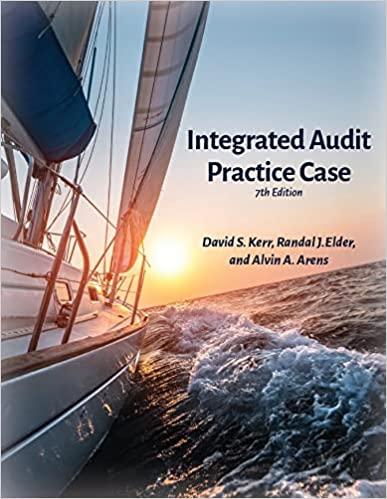Question
What happens when a firm cannot pay its debt? Most of the time, the firm does not go out of business, but rather the firm
What happens when a firm cannot pay its debt? Most of the time, the firm does not go out of business, but rather the firm negotiates with creditors to change the terms of the debt -- perhaps reduce the interest payment, change how the interest is paid (e.g.,PIK Security) extend the terms, reduce the principal, or a perhaps a combination of the above. The negotiation can be conducted as a workout or exchange offer in which the company solicits relief from creditors in a private exchange of new securities for existing securities (less costly if it works) or in Chapter 11 Bankruptcy under the supervision of a federal bankruptcy court (more costly and longer, but has other advantages that encourage a restructuring. Since an exchange offer generally alters the previous debt indenture (e.g. covenants prohibiting subordination or the issue of new debt), an exchange offer will typically include a consent solicitation. Creditors will generally form creditor committees to negotiate with the distressed firm.
AMC Entertainment and the parent Company of Chuck E Cheese Pizza both saw their ability to service their debt decline precipitously in recent months. AMC is currently conducting an exchange offer. the exchange offer includes reductions to the principal (known as a "haircut), PIK securities, and and a consent solicitation. AMC met resistance to the exchange offer from creditors and extended the offer. Articles in the popular press paint AMC in different light. Some suggest that AMC is on the verge of going out of business, but others seem to indicate that they have sufficient cash to weather the storm. I know a securities attorney (not involved in this transaction to my knowledge) who specializes in financial distress who opines that AMC is trying to take advantages of the pandemic, which could explain the resistance from shareholders.
Chuck E Cheese filed for Chapter 11 Bankruptcy. A few weeks before the filing, they gave their top executives retention bonuses if they remained in the company beyond a certain date. Presumably, Chapter 11 bankruptcy negotiations must be in the best interest of creditors, but courts give considerable preference to reaching a negotiated settlement that results in a viable restructured firm that can preserve employment. These retention bonuses could be in the best interests of creditors if they help retain essential talent in the company. Alternatively, they remove cash from the firm that could go toward satisfying the obligations to creditors. If the judge believes that a company too actions to divert assets from creditors to another party, the judge can set aside the actions and "claw back" the assets via a Chapter 11 fraudulent conveyance provision.
I have provided a copies of several elated articles on the AMC exchange offer Under Content/AMC Exchange Offer and multiple articles on the events leading to the Chuck E Cheese bankruptcy under Content\Chuck E Cheese Bankruptcy. I have also provided a very brief primer on Financial Distress and Chapter 11 Bankruptcy. There are also links to Investopedia definitions of related terms throughout this description.
Discussion Topic
Bankruptcy can be complex and combines finance with the law. To avoid getting lost in the weeks, I want keep the discussion at a high level and focus on two questions.
1. Based on the the information available to you, in the articles that I have posted or that you read on the web, if you were the advisor to a creditor committee would you advise accepting or rejecting the AMC proposal?
2. Based on the the information available to you, in the articles that I have posted or that you read on the web, if you were the bankruptcy judge in the Chuck E. Cheese reorganization would you view the retention bonuses to be in the best interests of creditors or as an attempt to redirect cash that should go to creditors to incumbent managements?
Step by Step Solution
There are 3 Steps involved in it
Step: 1

Get Instant Access to Expert-Tailored Solutions
See step-by-step solutions with expert insights and AI powered tools for academic success
Step: 2

Step: 3

Ace Your Homework with AI
Get the answers you need in no time with our AI-driven, step-by-step assistance
Get Started


